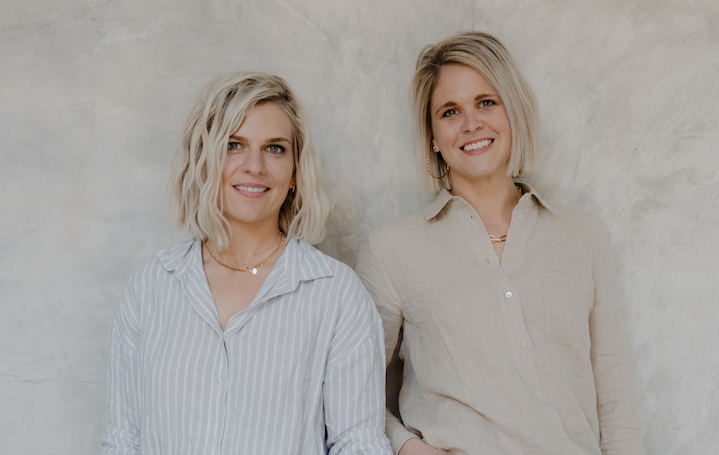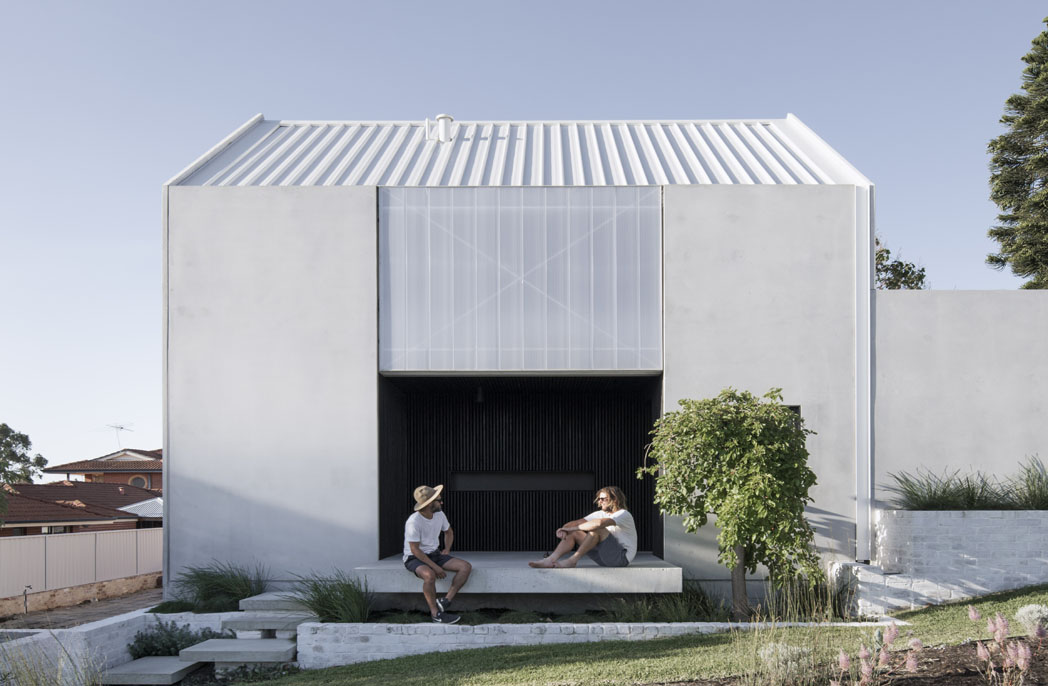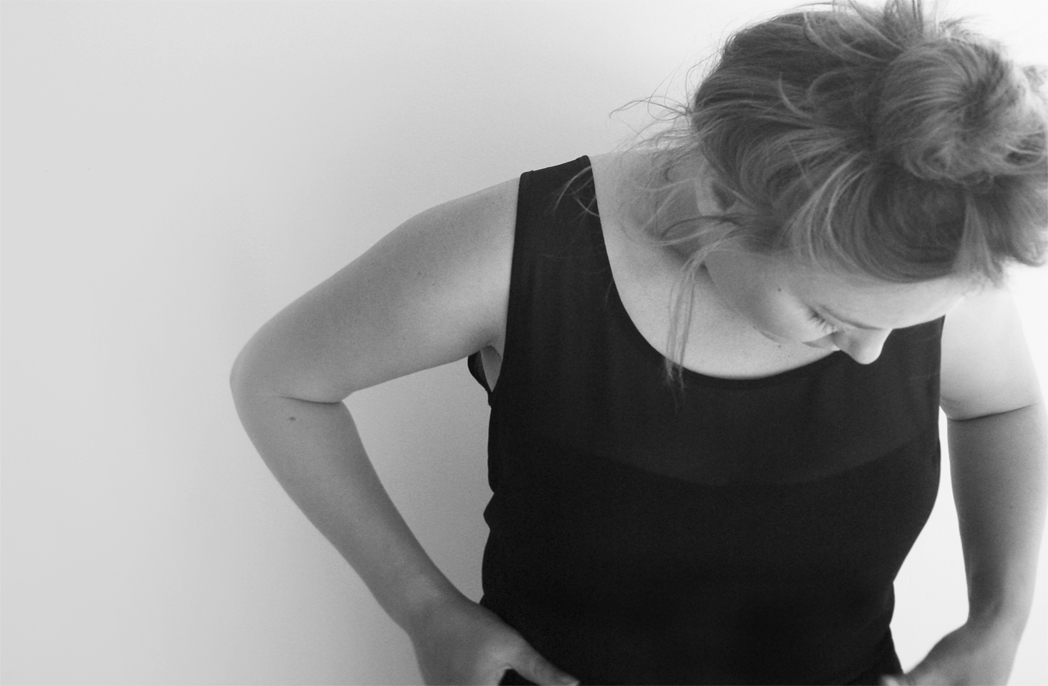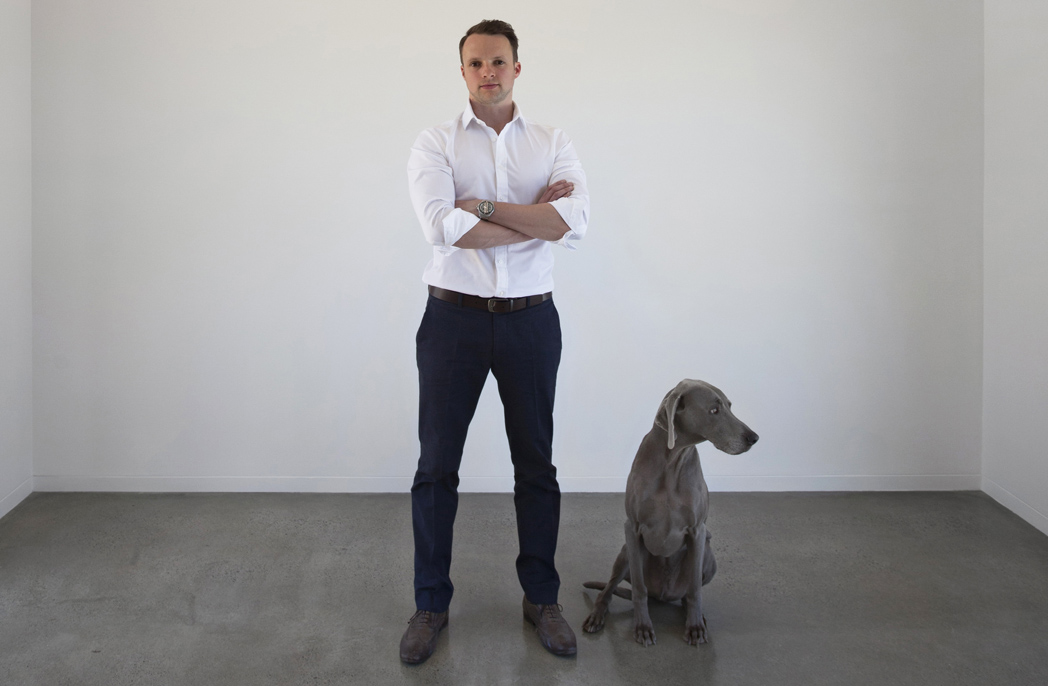
Meet emerging practice LXN Architecture
Meet emerging practice LXN Architecture
Share
For co-directors Josh Crossin and Sarah Lindsay, LXN Architecture isn’t the duo’s first foray into opening their own practice. Here, they tell AR about having a “second crack” at establishing a studio and doing it “properly”.
While Josh Crossin and Sarah Lindsay were both born and raised in Tasmania, the pair had quite different backgrounds. Crossin grew up surrounded by the construction industry – his grandfather was a master builder and his father is a cost estimator.
From a young age, Crossin was colouring in floor plans and had childhood dreams of becoming an architect. Lindsay, meanwhile, grew up on a farm just south of Launceston, exploring and spending as much time outdoors as possible.
“I was really interested in pursuing a creative career; however, I am also quite practically minded,” she says. It wasn’t until Helen Norrie, a lecturer from the University of Tasmania School of Architecture (UTAS), moved into her apartment building and suggested Lindsay take a look around the school’s design studio that she saw architecture as a potential career.
Despite not being “a dedicated student” Lindsay had a growing passion for the built environment. “This was solidified through an exchange semester [with Crossin] in Poland; having Europe and all its historic and contemporary architecture on my doorstep, it was a light bulb moment,” she recalls.
Starting out
Crossin and Lindsay completed their studies at UTAS in 2008, just as the Global Financial Crisis swept across the US and stifled the Australian market.
“At that point in time we were presented with two options,” says Crossin. “Pour beers at the local pub or start our career through our own practice. We were fortunate to qualify as building designers in Tasmania and, with the assistance of many mentors, were able to develop a broad understanding of our future as architects.”
They began by tendering for public art commissions and contracting to semi-retired architects. The pair’s first commission was for a family member, Lindsay’s aunt, to design a new art studio and gallery space. A constant stream of projects followed – albeit “a little unorthodox” – and Crossin and Lindsay were able to realise some built work during this time.
“Our motto was to never say no and ask lots of questions,” says Lindsay. “However, we were conscious that we had gained very little (observed) experience and once the industry had recovered we went on to broaden our knowledge and gain our registration as architects.”
A move to mainland Australia followed with Crossin taking a position with a principal contractor as a design and project manager and Lindsay working for CODA Studio in Western Australia.
Creating LXN Architecture
AR: How did you form LXN?
Sarah Lindsay: We decided to form LXN as a way to refocus our careers, with a shared commitment to practising architecture. It coincided with our decision to move back to Tasmania and it provided a way for Josh to come back into architecture after working as a design/ project manager for the previous six years.
Tell us what’s involved in the day-to-day running of an architectural practice?
Lindsay: We have naturally fallen into roles that play to each of our strengths and I feel this helps with running the office.
Crossin: We’re a small practice of four, which relies on an open and transparent business model. All members are intrinsically involved in all of the project phases. We have a hands-on approach to practice and it’s important for us and our graduates to attend site as much as possible.
For us, it is important to pass on as much practical knowledge and experience to our developing architects and graduates as we can and we believe the best place for this to occur is on-site.
What were the biggest challenges you faced in starting up the studio, and how have you dealt with them?
Lindsay: We continue to struggle to achieve a work/life balance. I think this is the nature of working in a profession that is more of a vocation than a ‘job’.
Crossin: Delivering high-quality service to all of our clients. Like many architects, we work hard and strive to achieve the best outcomes for our clients. It’s always difficult but we never give up.
What do you find to be most rewarding about running your own practice?
Lindsay: I gain a lot of energy and fulfilment from the process of working with our clients and delivering their projects. Being at the forefront of these interactions is extremely rewarding. Having autonomy to ‘design’ our practice and to foster the relationships we choose to develop because they align with our goals and our aspirations is really valuable to me.
What are the most important things to have when building and growing a practice?
Lindsay: Great clients and great mentors. It is really important to us to have confidence in the work that we are producing and this is underpinned by our client base. We also rely on the many experienced architects around us to grow our business acumen and provide those little gems of advice that only time and experience can provide.
How does your studio operate?
Lindsay: We are a small studio. There are four of us in total – two registered architects, a student architect and a graduate architect. At the moment, the size is working for most of our projects, although we are considering the option to collaborate with other smaller practices when we need to increase our resources to deliver larger projects.
Our projects range in scale from $50,000 through to more than $6 million, so we need to be flexible with our staffing. Day-to-day we naturally work quite collaboratively. Sometimes projects are worked on by one particular member of staff – although this happens quite organically. More often we all contribute to each project, at various stages.
Did starting your own studio change your approach to architecture or your architectural style in any way?
Lindsay: I don’t feel that having our own practice has changed my approach to architecture; however, I do feel that it sharpens your awareness of the work that you are producing. It requires you to focus on the work that you want to produce and, at times, be comfortable with the work that you need to produce. There is a constant balance between the work that you aspire to create and the economics of running a business.
What are the greatest or most important lessons you have learned along the way?
Lindsay: Never assume and never stop asking questions. Architecture is a life-long learning profession, so you need to be prepared to never stop learning.
What are you excited for in the future of LXN?
Lindsay: We are really excited to grow our team and solidify our practice. We look forward to refining our design processes, our design thinking and continuing to advocate for high-quality built outcomes.
This article originally appeared in AR161 – available online and digitally through Zinio.
Image by Chris Crerar
You Might also Like




















